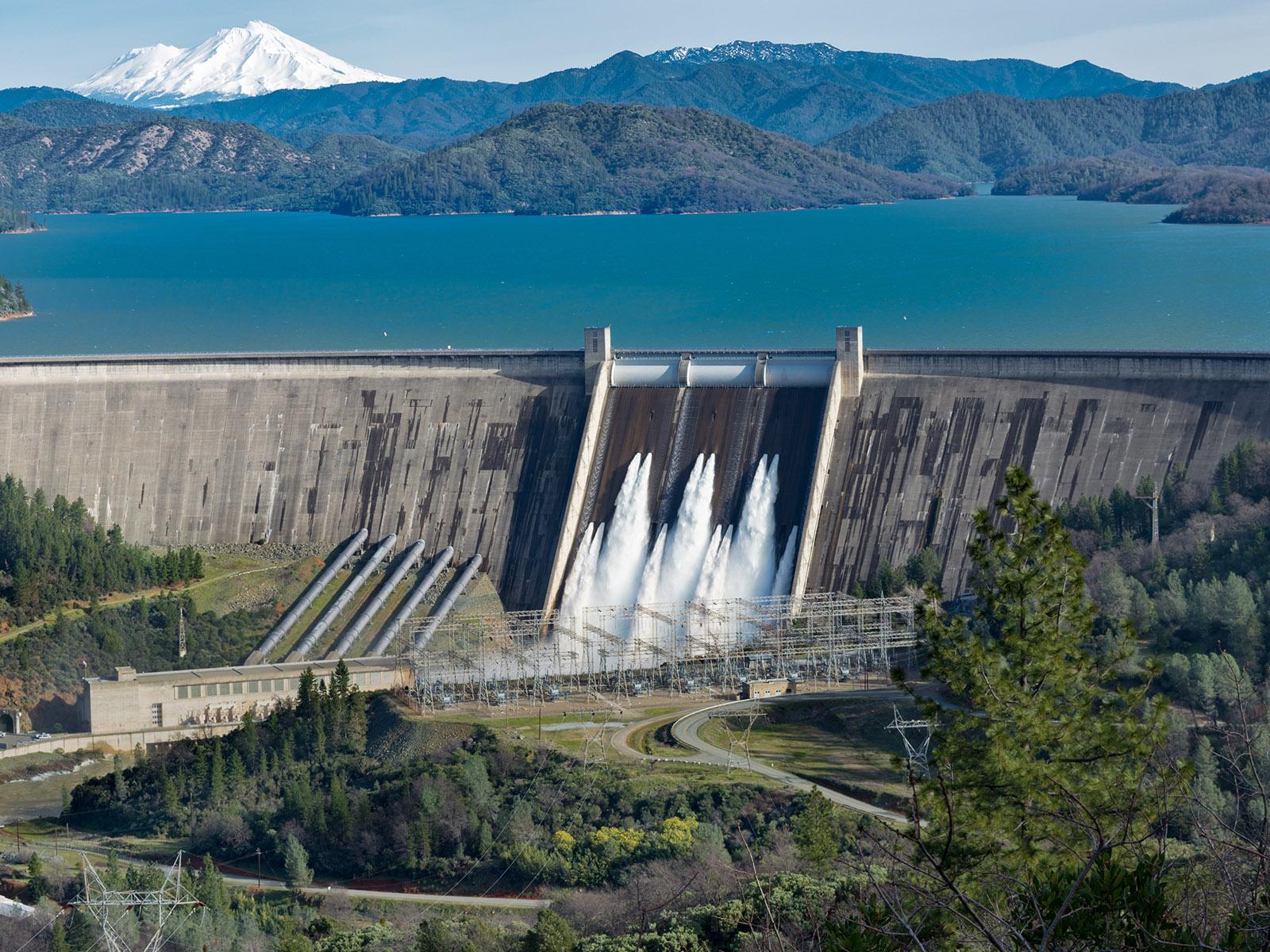Climate Change and Federal Hydropower
A report projects the effects of climate change on federal hydropower through the end of the twenty-first century

Federal hydropower dams, like the Mt. Shasta Dam shown here, contribute 40 percent of the total hydropower generating capacity in the United States.